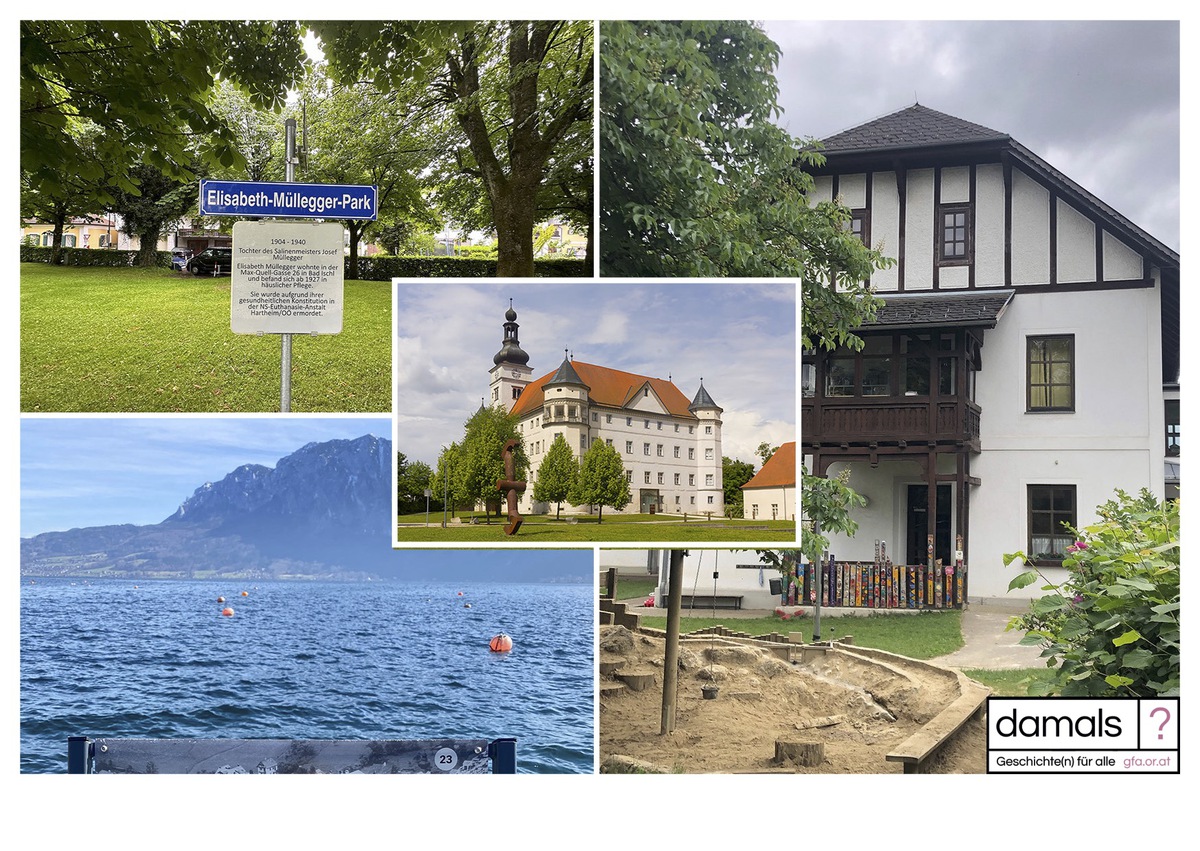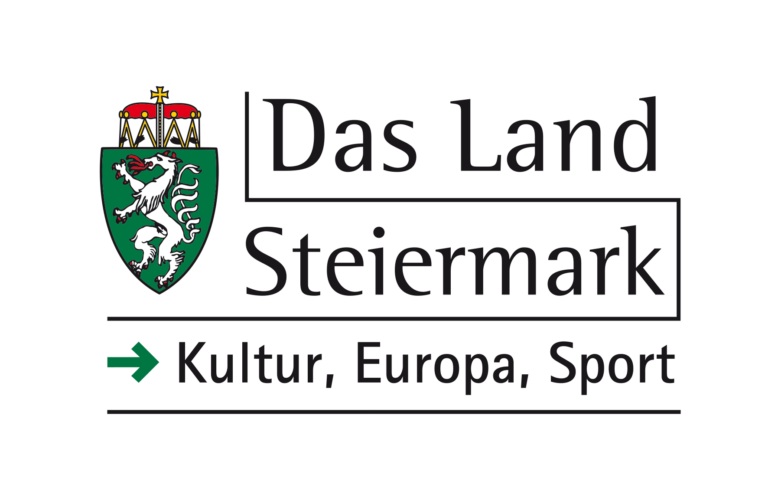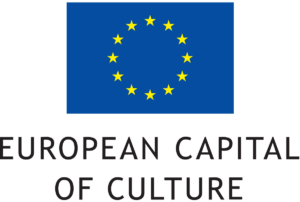Hartheim Castle was one of six Nazi euthanasia killing centres. The Hartheim staff murdered over 18,000 people in the gas chamber there who had previously been housed in care facilities or psychiatric clinics. A further 12,000 people murdered came from the Mauthausen, Gusen, Ravensbrück and Dachau concentration camps or were forced labourers in the Upper Danube region. The mass murder took place in the middle of a village in a civilian environment.
How to get there
- From Scharnstein, 9:30 at the kindergarten (Hauptstraße 43, 4644 Scharnstein).
Here we approach questions such as: Who belongs? Who does not? Who benefits from these attributions? Who does not? The activity takes place outside and in all weathers. Duration: approx. 45 min.
- from Unterach am Attersee, 9:30 at the landing stage of the Attersee boat trip
Here the focus will be on the role of closeness and distance, to victims and to perpetrators. How are these two groups remembered today, how do we look at the society from which both came, in which both lived? Please bring binoculars/peepers (if possible) for the activity on site! Duration: approx. 45 minutes.
- from Bad Ischl, 9:30 in Elisabeth Müllegger Park
recently renamed after Elisabeth Müllegger, who was murdered in Hartheimin 1940.
Afterwards, we will travel together to the Hartheim Castle learning and memorial site by car, e-bike or similar.or in carpools (we coordinate these, duration of the car journey approx. 60-90 minutes) or by public transport (duration approx. two-three hours incl. walking from Scharnstein, Unterach am Attersee or Bad Ischl). Bad Ischl), we would be happy to coordinate with you if you are interested, please contact us briefly.
Programme Hartheim
- 13:30-15:30 Tour and discussion in Hartheim:
- Return journey in carpools or by public transport
Maximum number of participants: 50 people.
Please register by 20 June 2024, indicating the starting point, with Tamara and Wolfgang at: gfa@servus.at.
Damals?
What does it mean to be human? What does the Nazi era have to do with us and the world today? The project aims to encourage people to talk about the Nazi era, listen and ask questions.















